Introduction to Air Pressure (Part I)
Introduction to Air Pressure (Part I)
What is air pressure?
Air has weight. Air pressure is the weight of the column of air above a horizontal surface of unit area (e.g. one square metre). The column of air extends to the top of the atmosphere. As we go up and reach a higher altitude, the pressure is lower because the column of air is reduced.
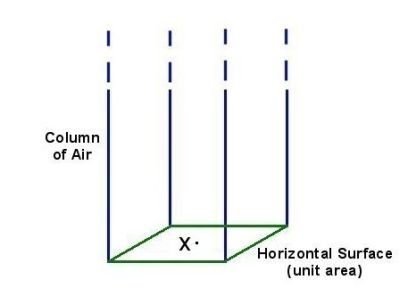
The pressure at point X is the weight of the column of air above the horizontal surface of unit area.
How to measure air pressure?
Mercury barometer and aneroid barometer are commonly used to measure air pressure. The principle of the mercury barometer is illustrated in the following figure. The height of the mercury column AB will vary according to the air pressure. The higher the air pressure, the greater will be the height of the mercury column. By measuring the height of the column AB, the air pressure at the base of the column can be determined.
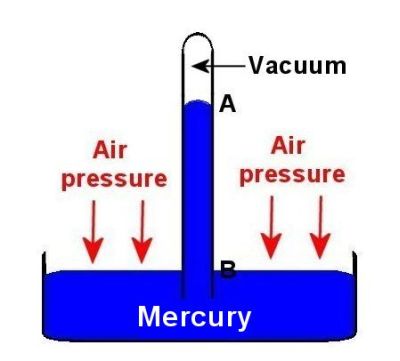
The air pressure is determined by the height of mercury column.
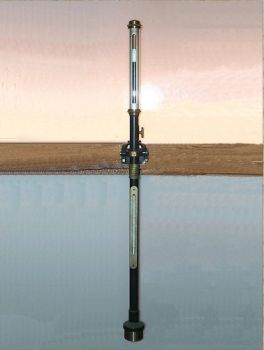
Mercury Barometer
An aneroid barometer consists of a disk-shaped capsule made of a thin metal membrane. The capsule is partially evacuated of air. Changes in atmospheric pressure change the size of the capsule, which in turn moves an ink pointer. In this way, pressure changes are recorded continuously as the pointer moves over a rotating drum.
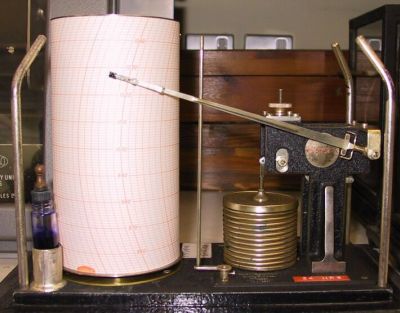
Aneroid Barometer
Nowadays, digital barometer is commonly used because it is portable and accurate. An electrical capacitor in it is used to measure the change in air pressure.
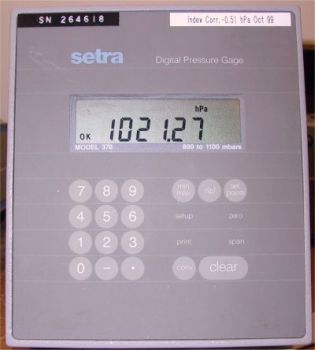
Digital Barometer
Why is bad weather usually associated with low pressure and good weather with high pressure?
In an area of low pressure, air from neighbouring areas (which are of higher pressure) moves in. It has nowhere to go but up. Upward movement of air causes condensation of water vapour, leading to the development of cloud and rain. Hence, a low pressure area usually associated with bad weather. In contrast, in an area of high pressure, the air at low levels spreads outward and air descends from aloft. Downward motion warms up the air and is favourable for evaporation. Hence, a high pressure area usually has fine and dry weather.
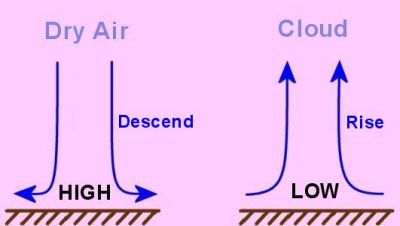
Air descends in high pressure area and rises in low pressure area.
What is the unit of pressure?
Pascal (Pa) is the international standard unit for pressure. The meteorological community uses hecto-Pascal (hPa) as the unit of pressure. It is the same as 1 millibar, a unit of pressure no longer used nowadays.
How do we compare the pressure measured at different locations?
To compare pressure readings taken at different locations, it is convenient to convert them to a common level, e.g. the sea level. The conversion takes account of a number of factors which affect the weight of air (e.g. temperature, gravity of the Earth). We shall talk about this in greater detail in Part II.